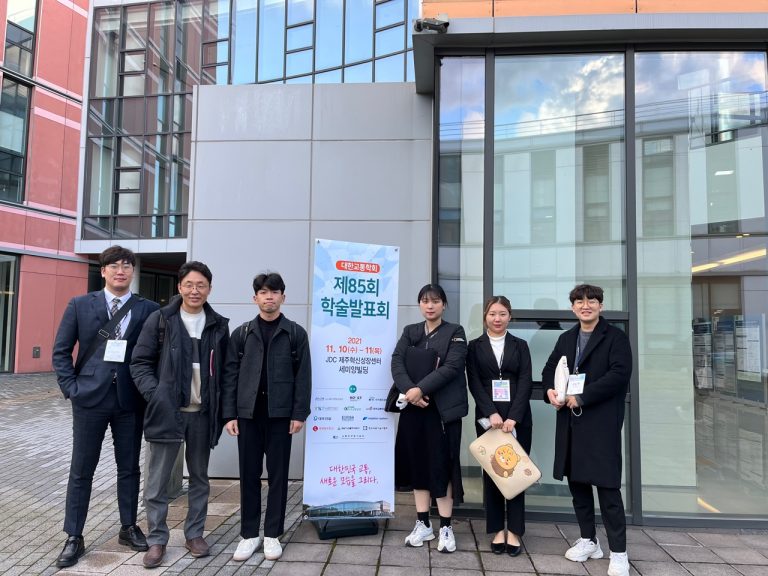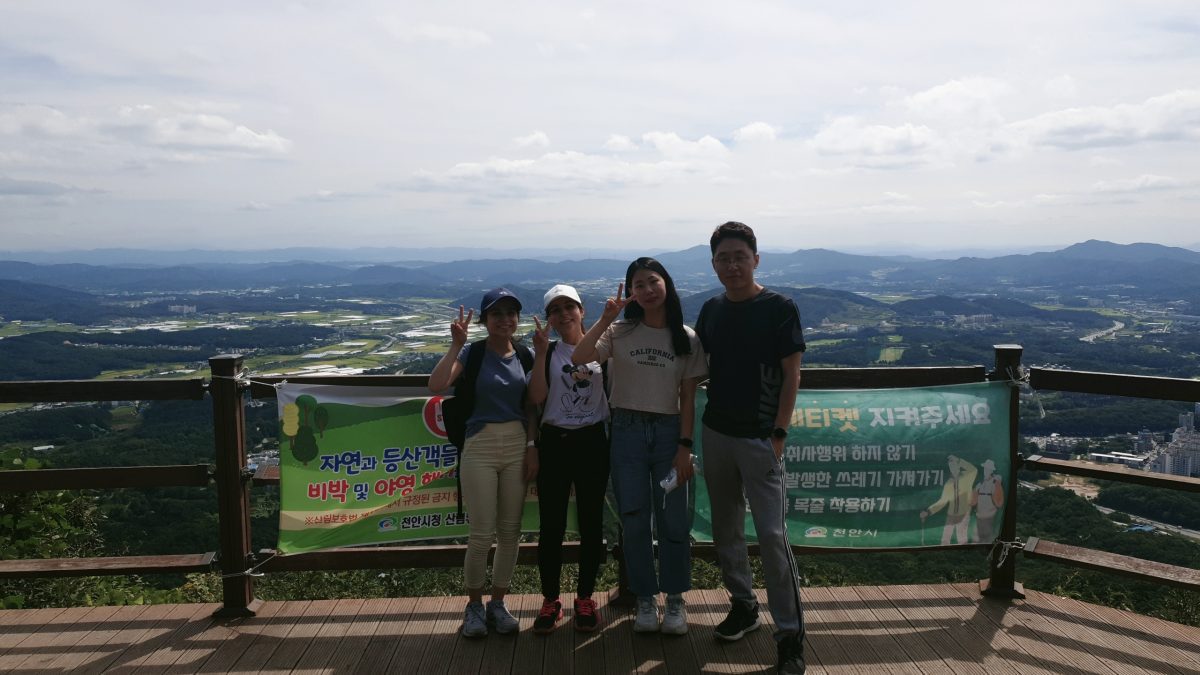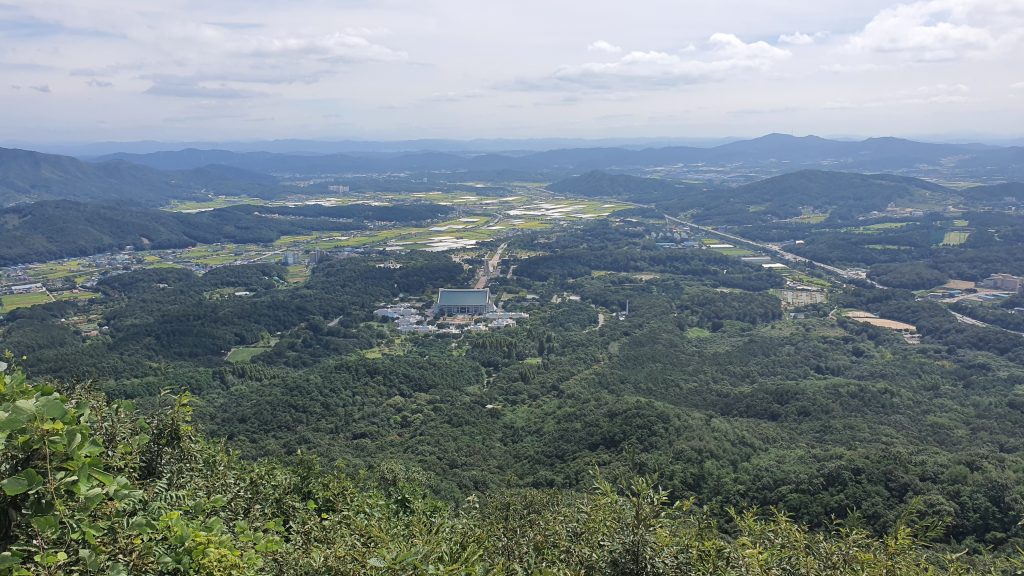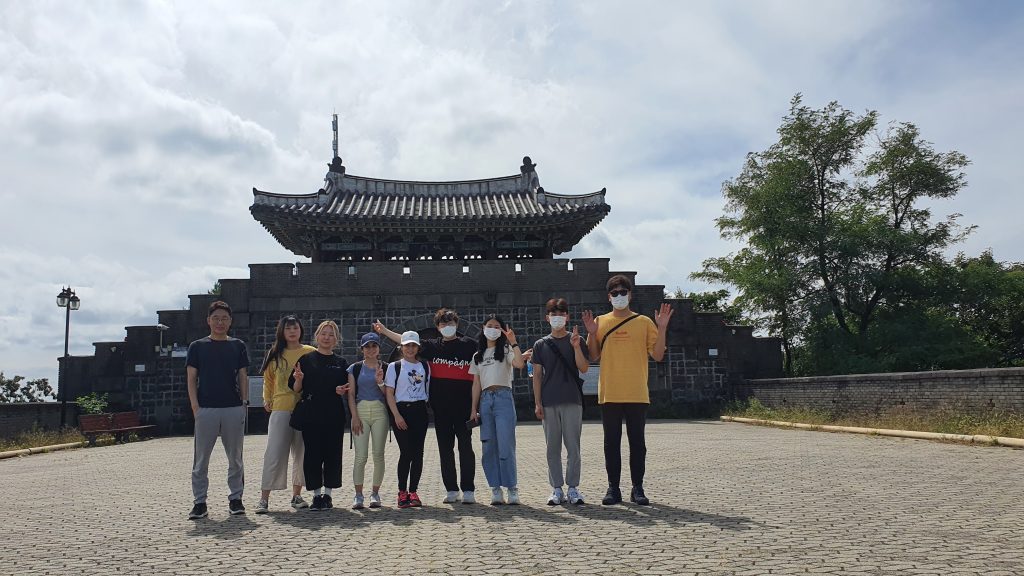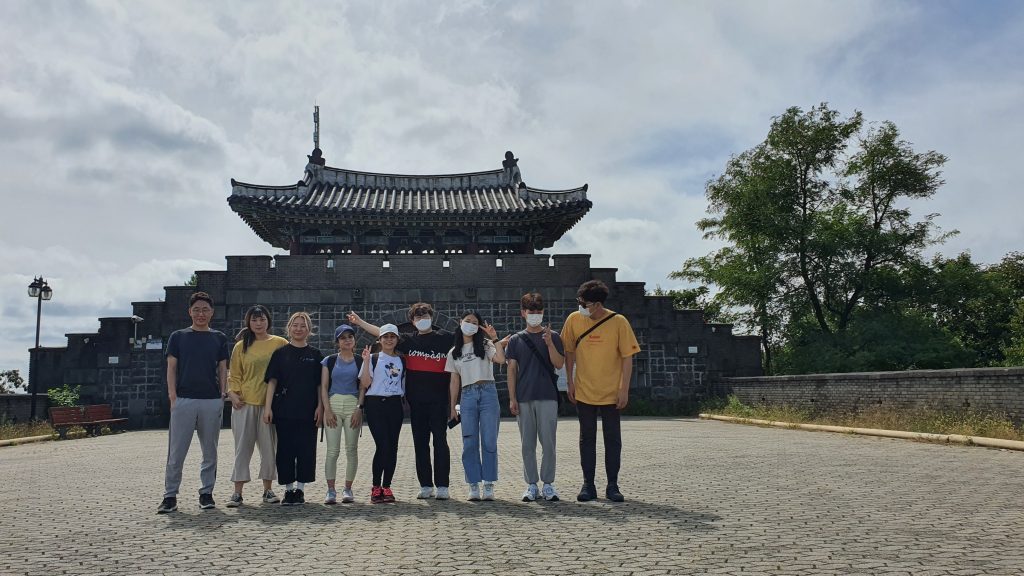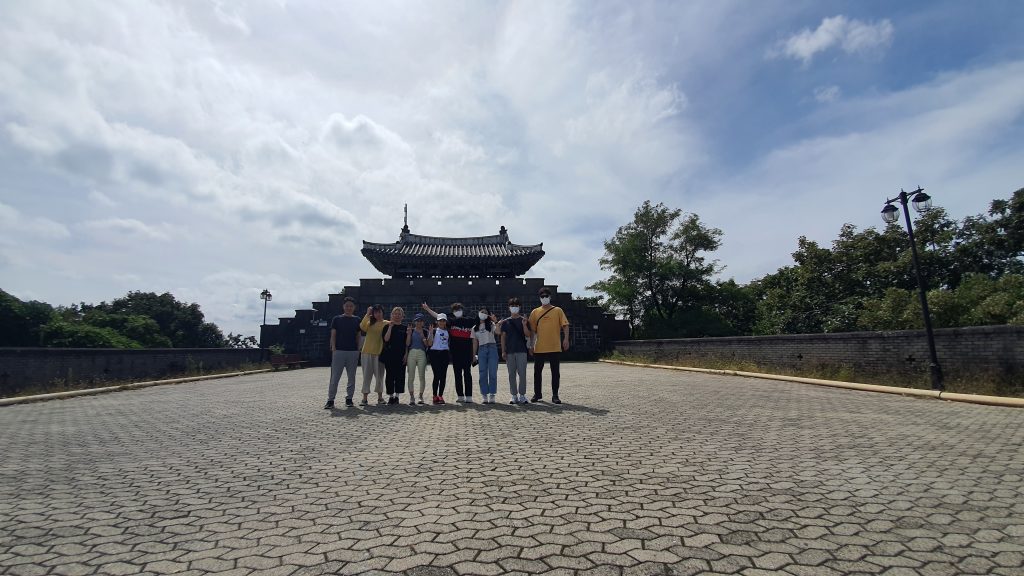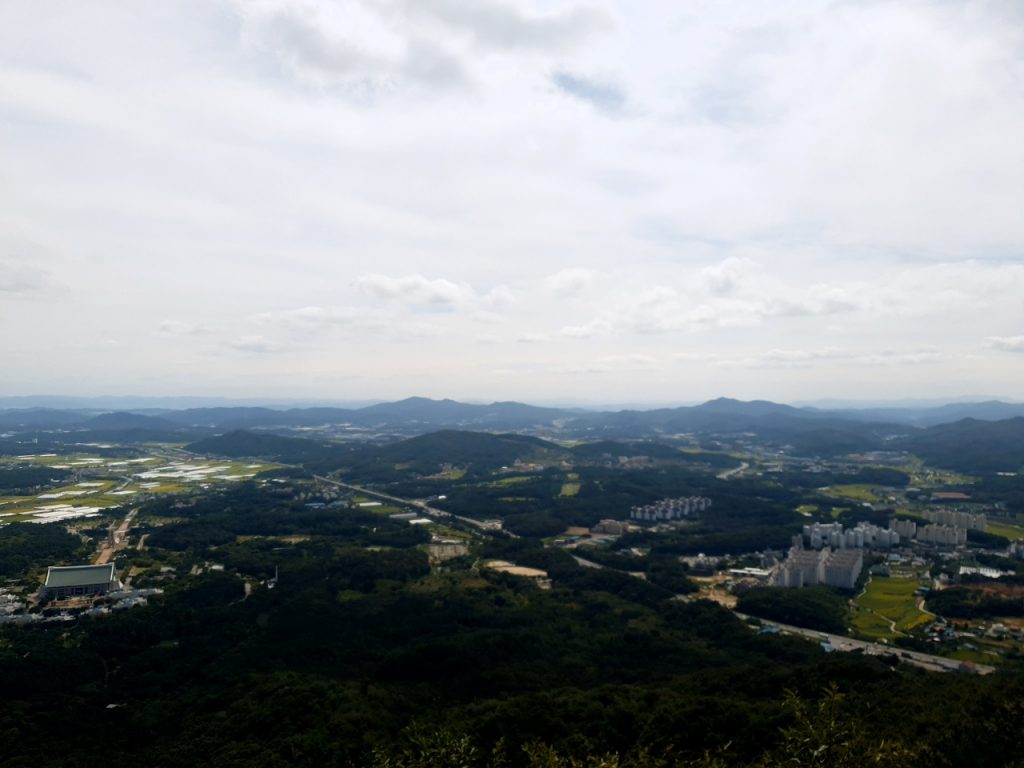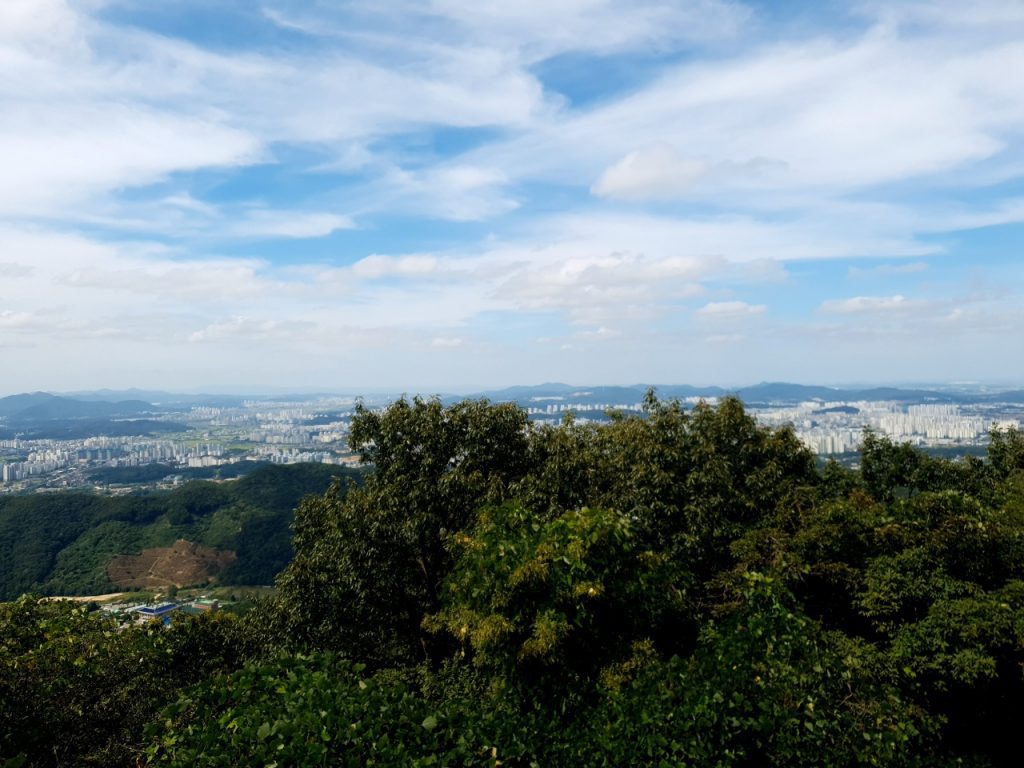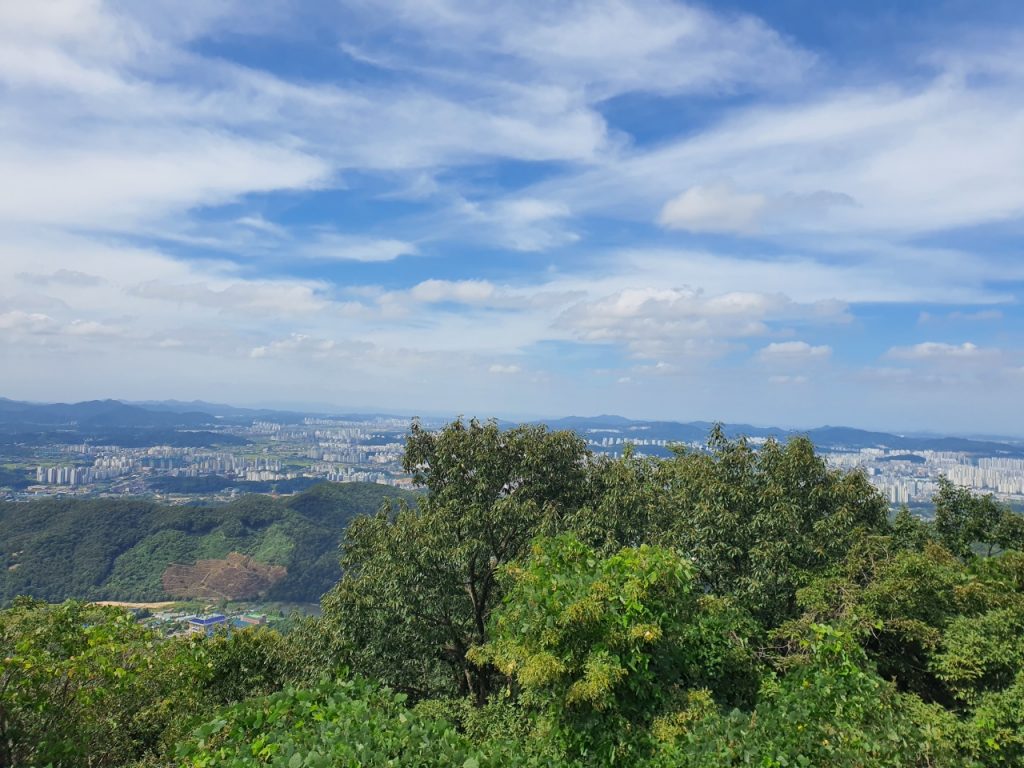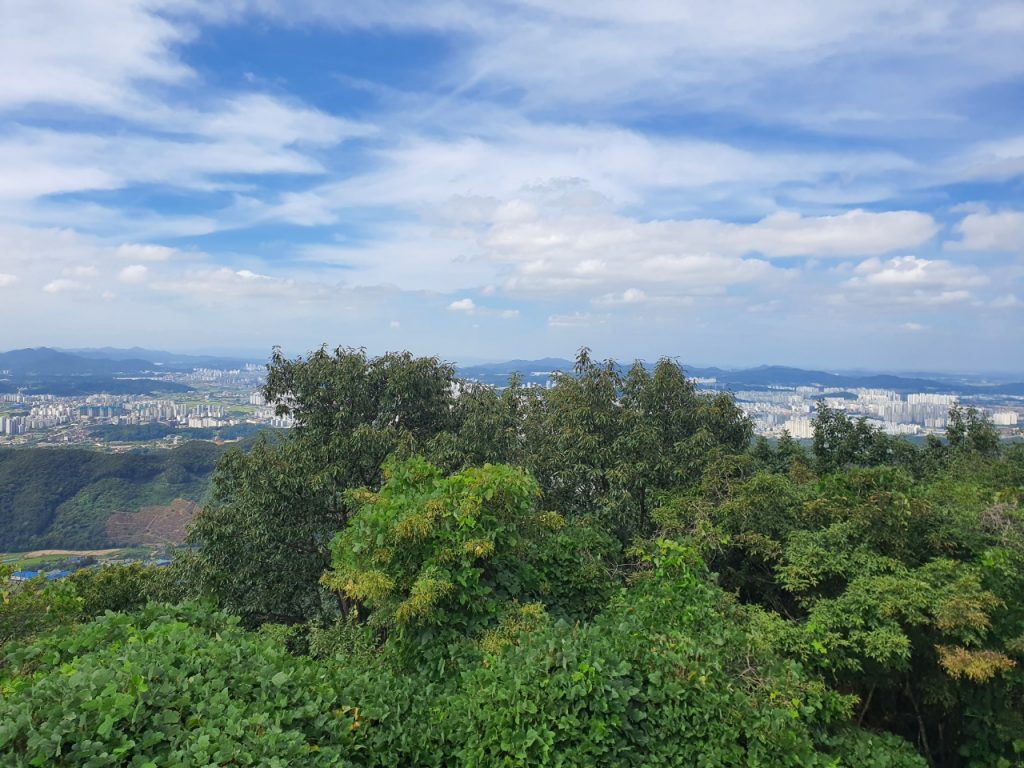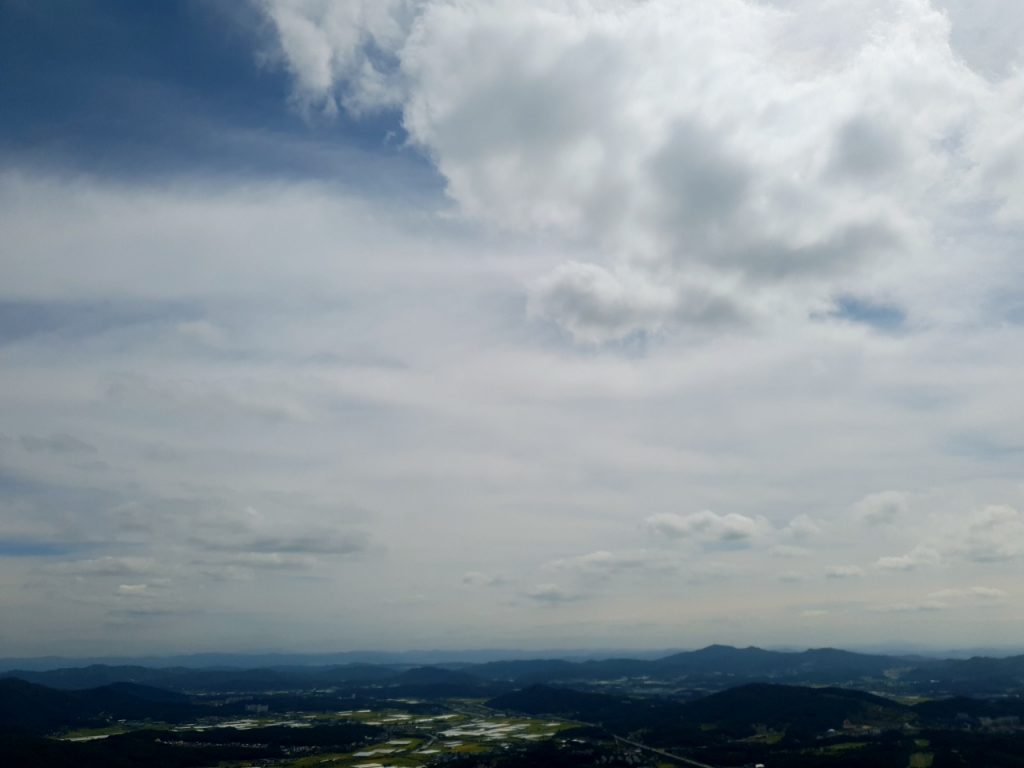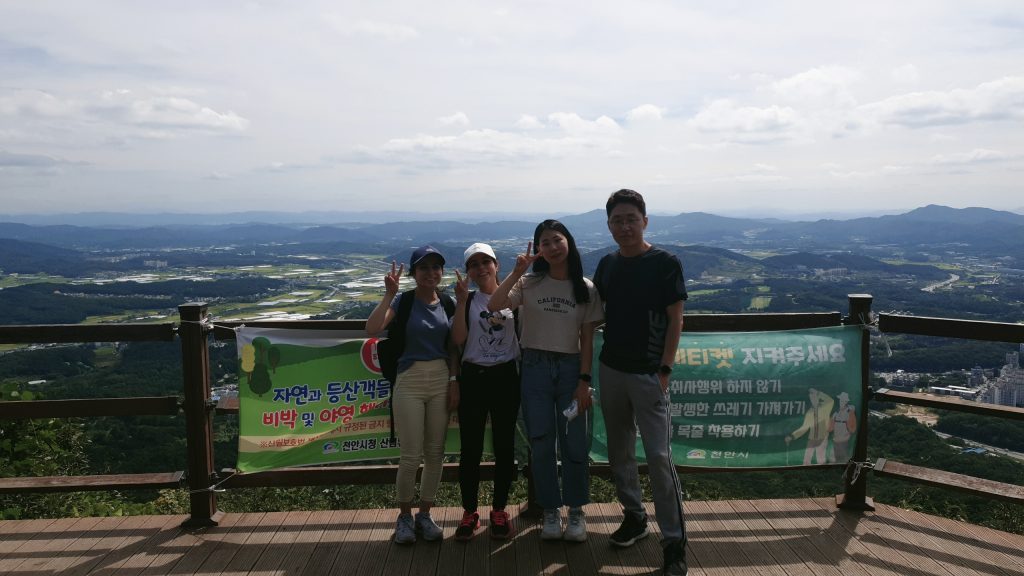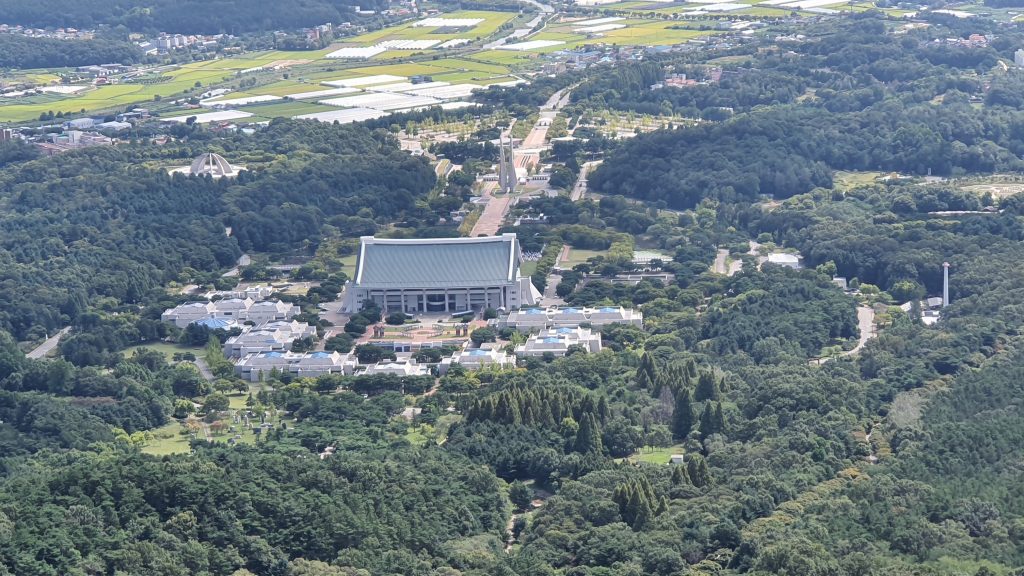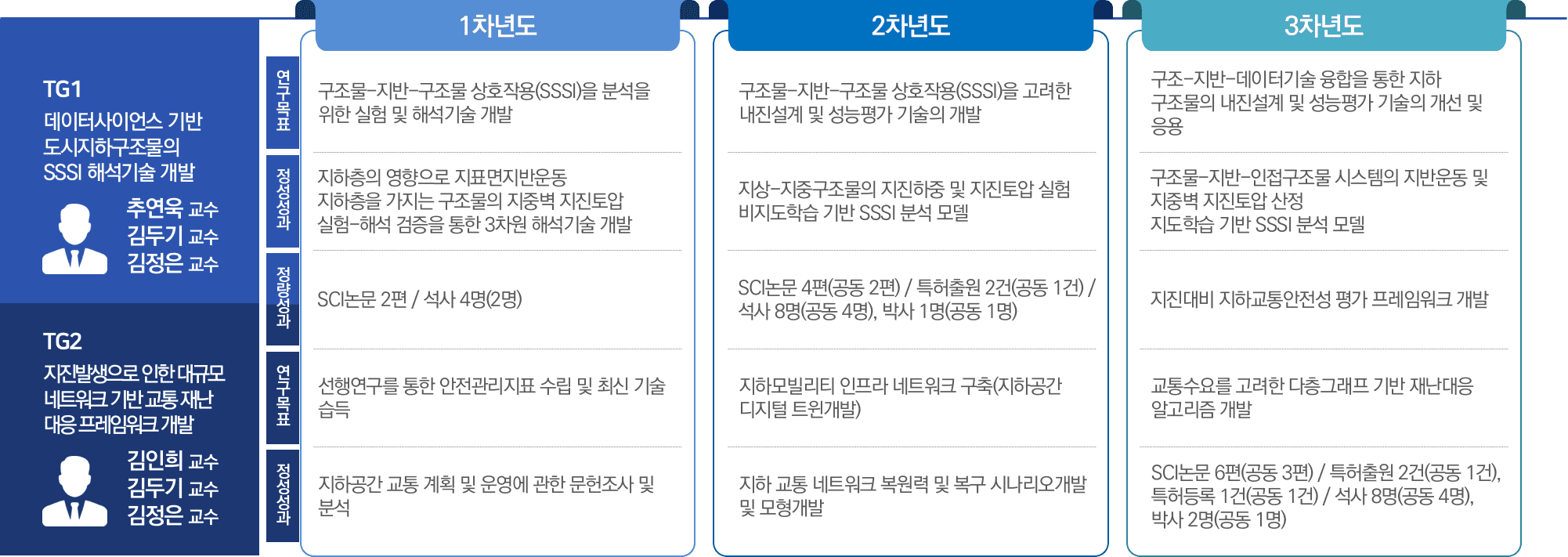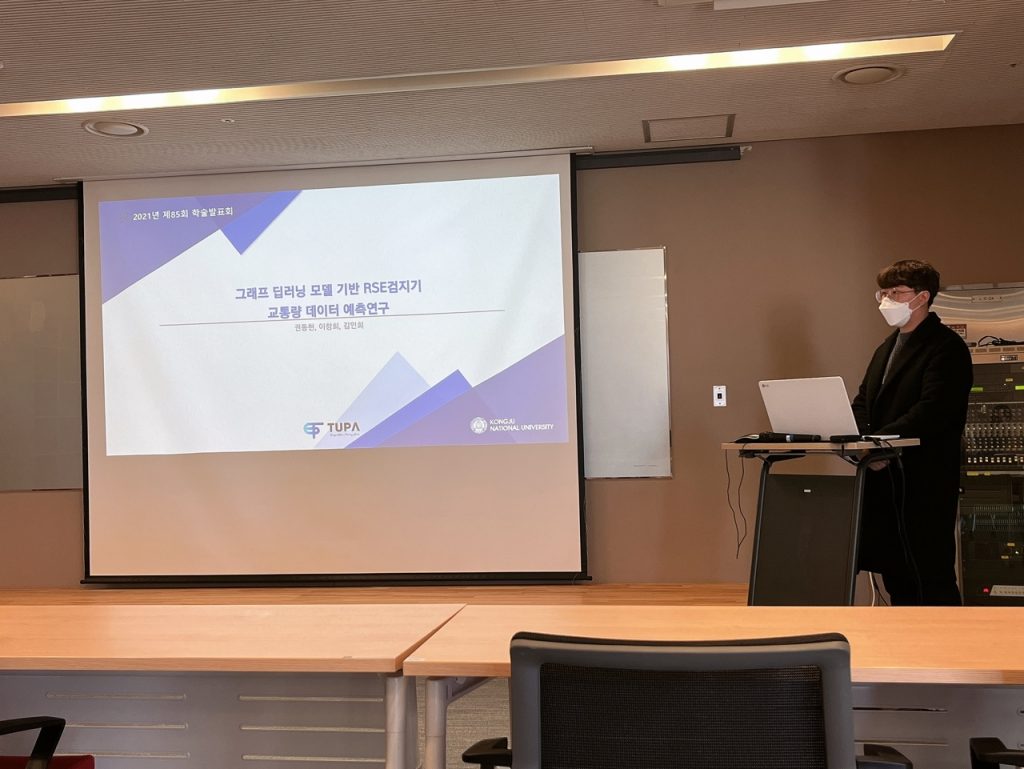
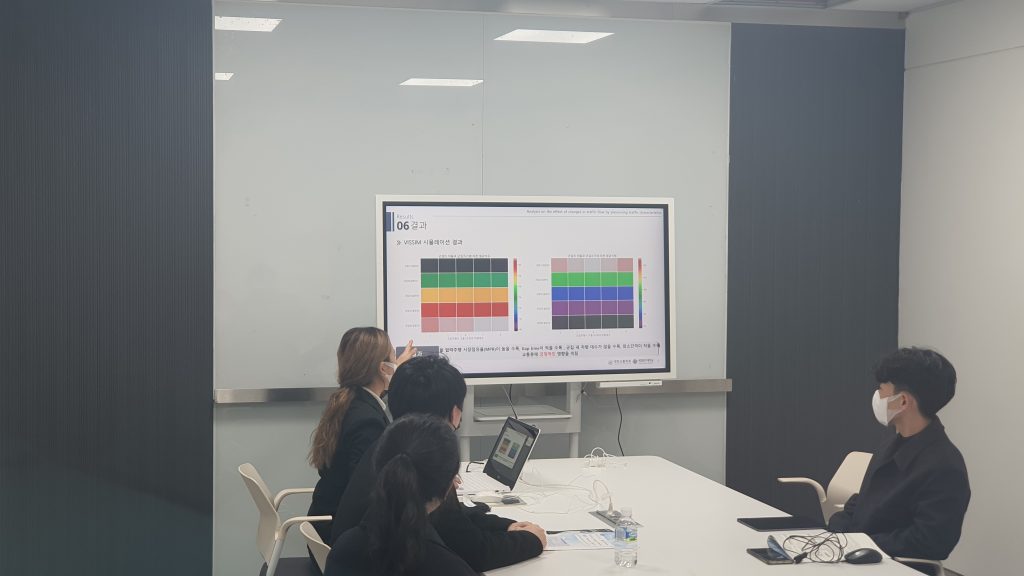
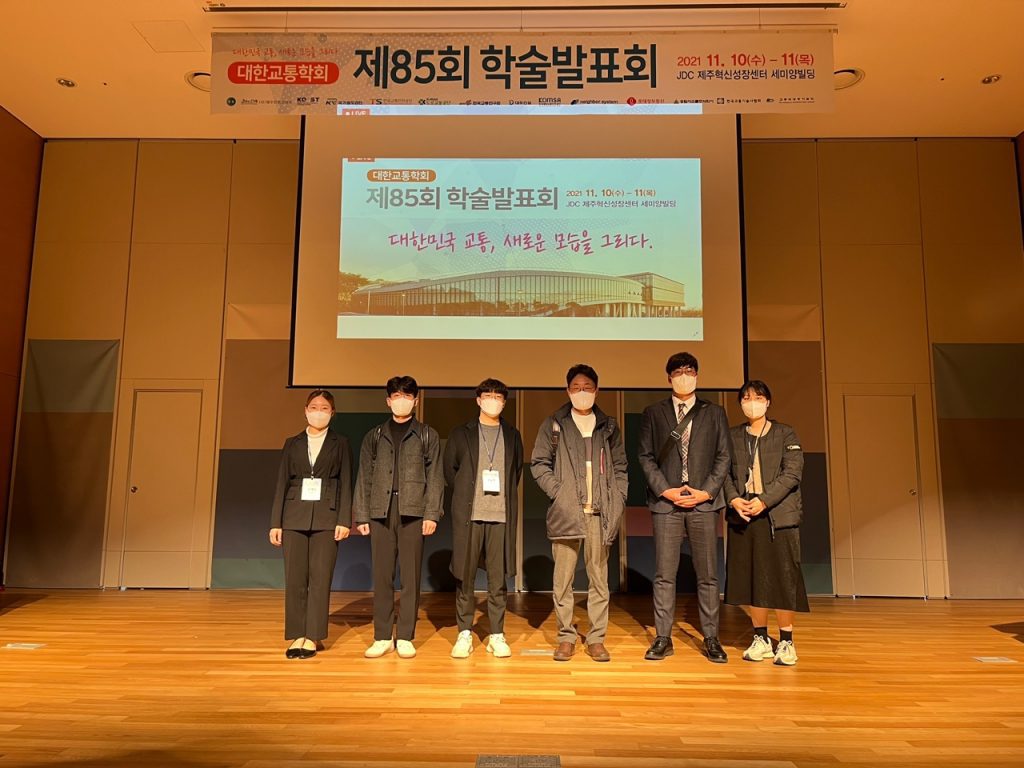
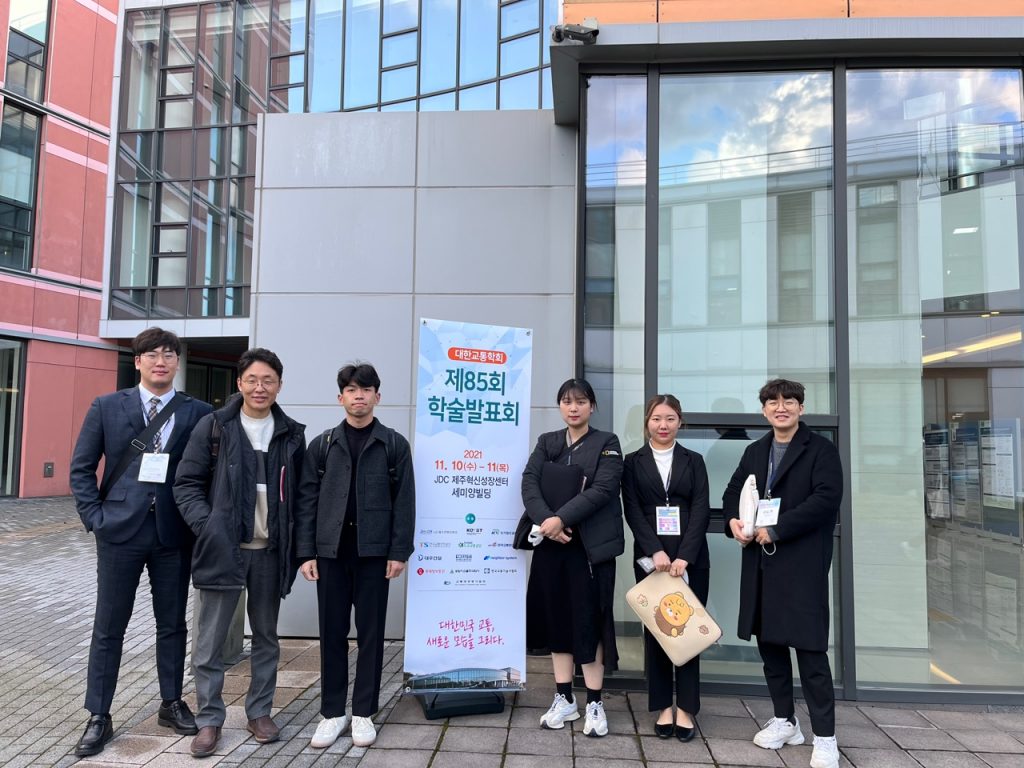
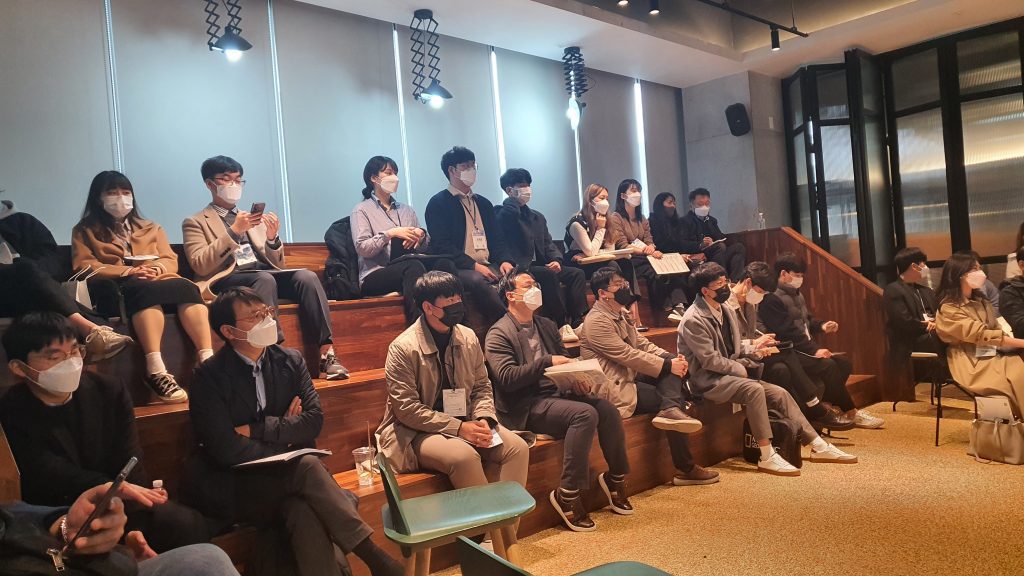

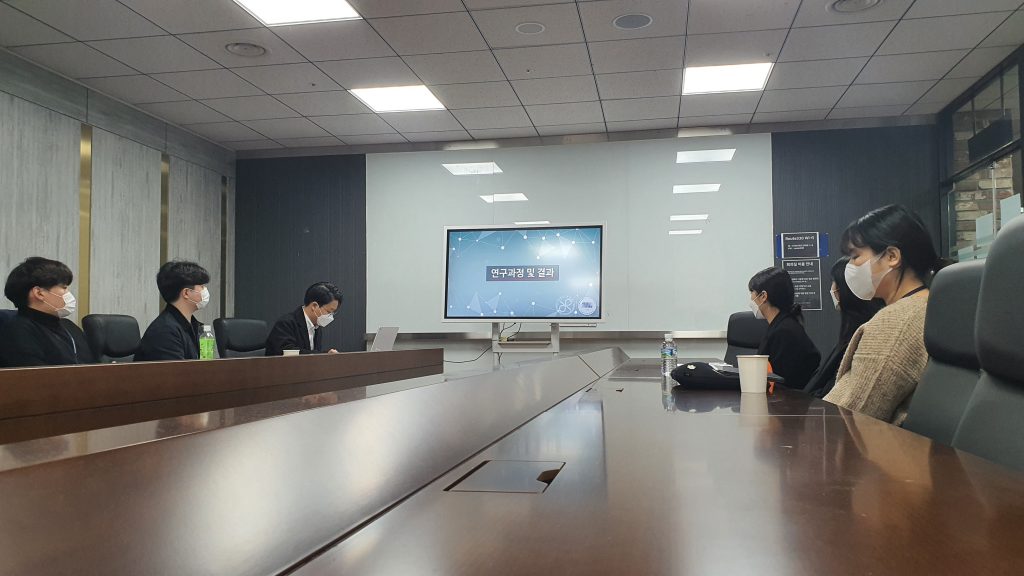
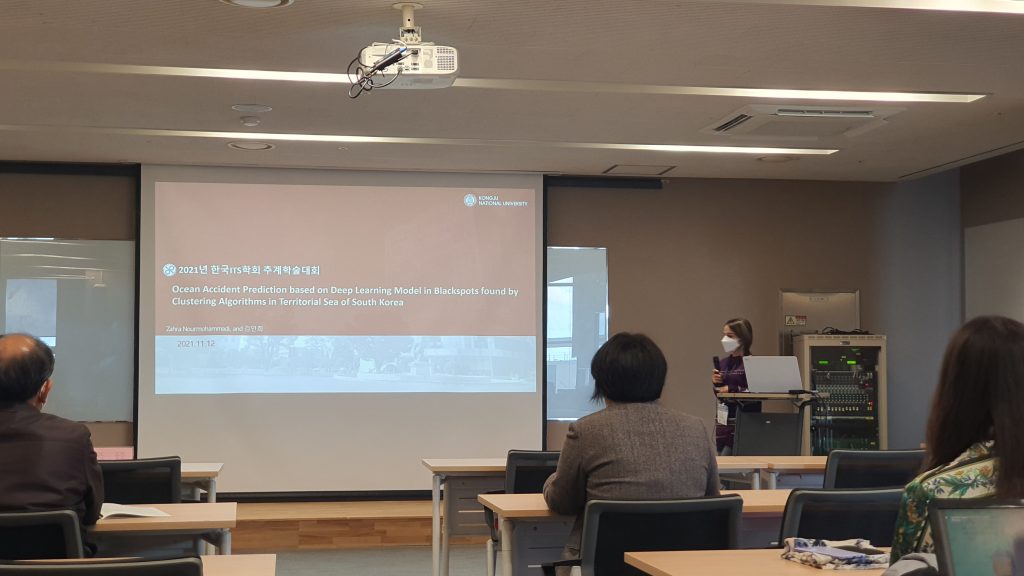
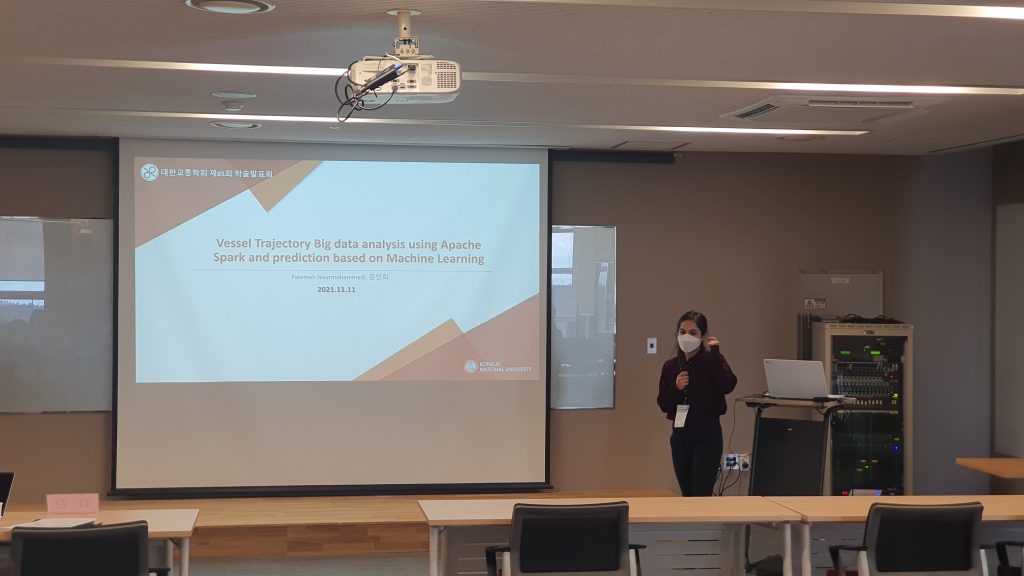

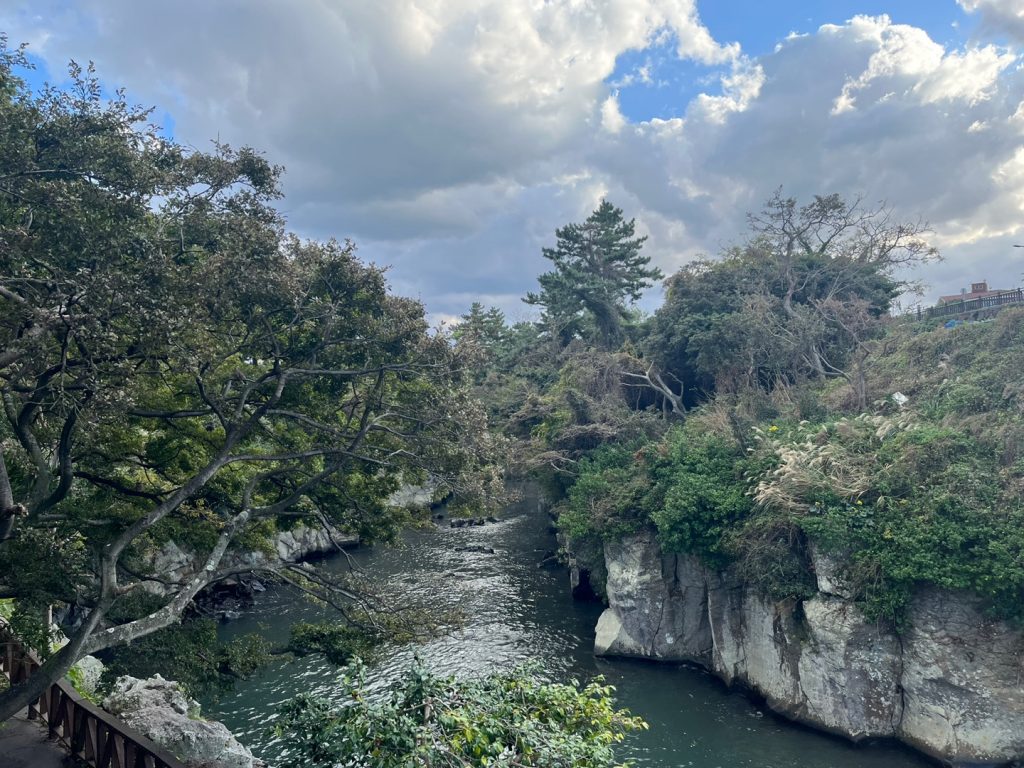
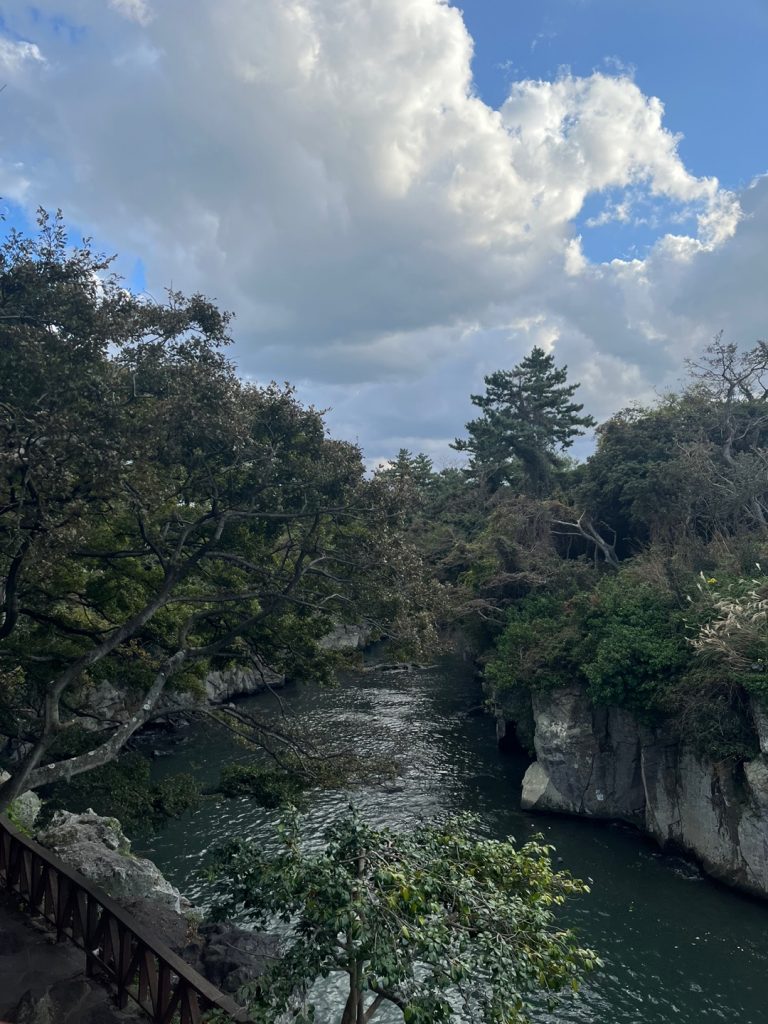
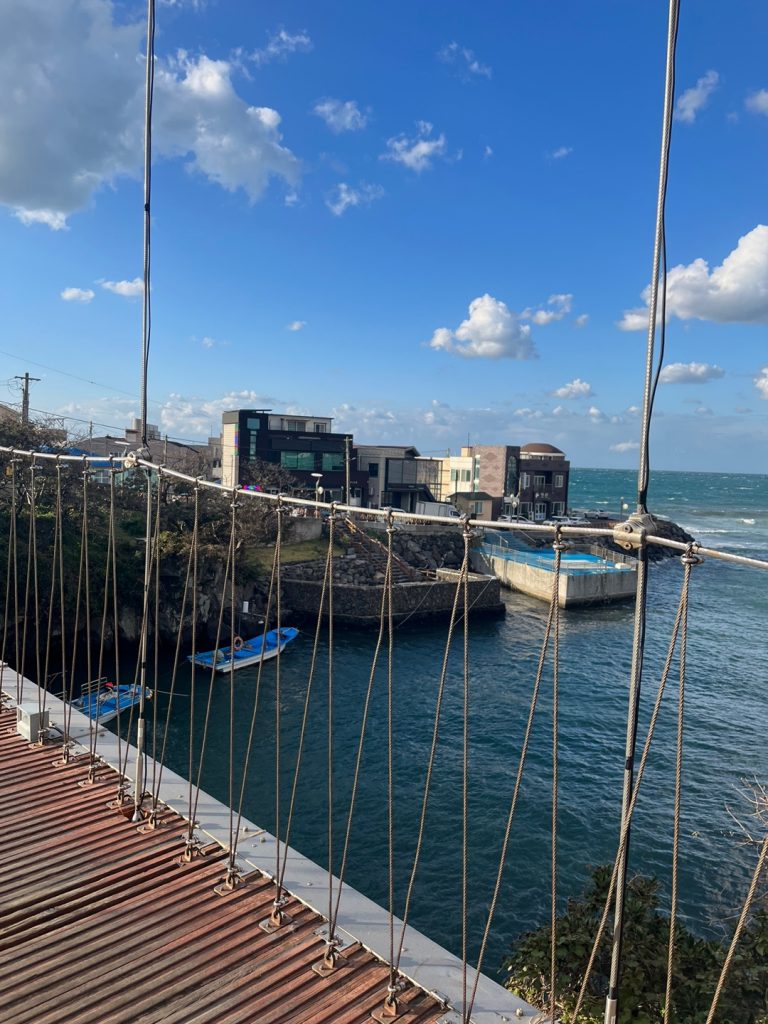
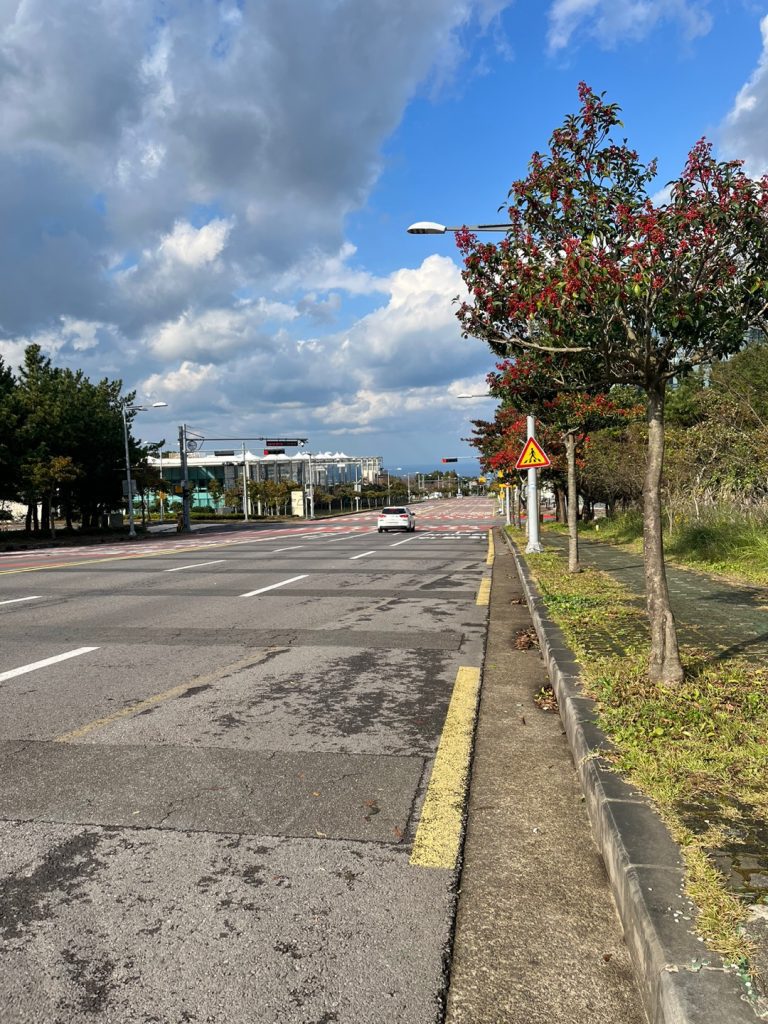


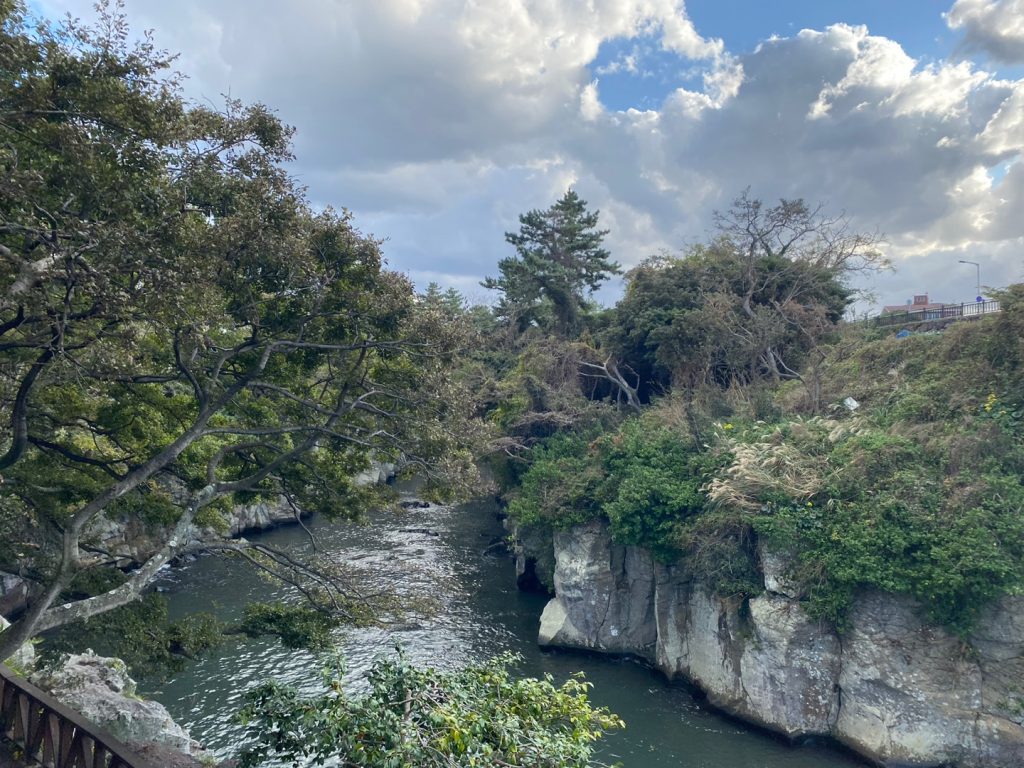
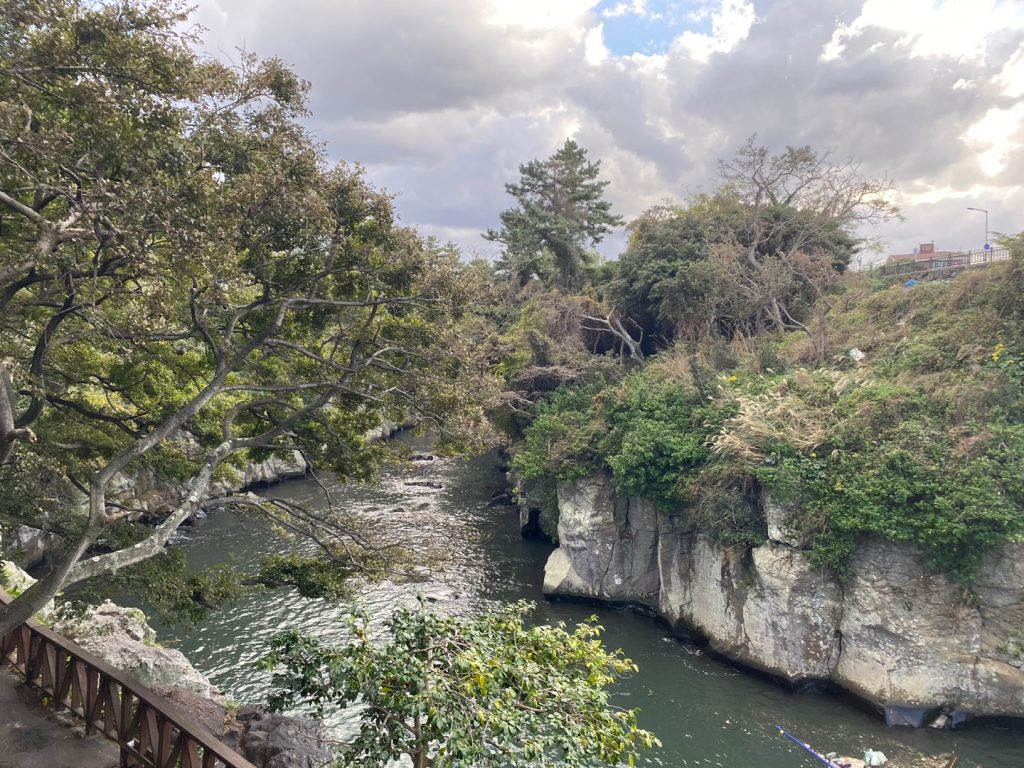

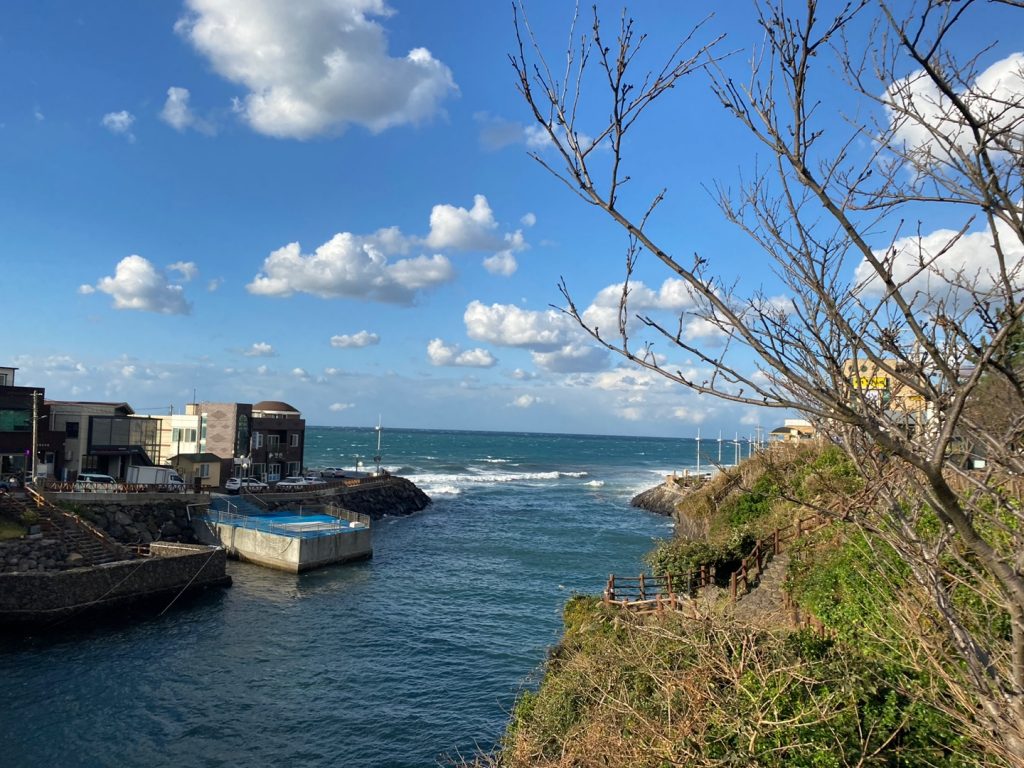
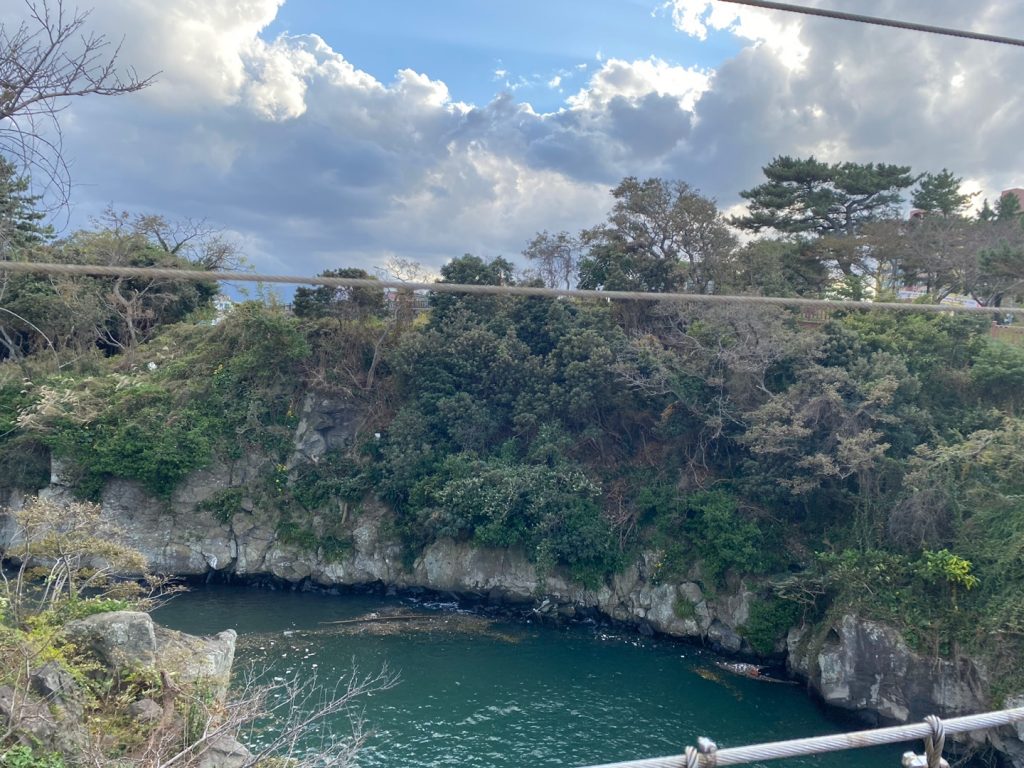
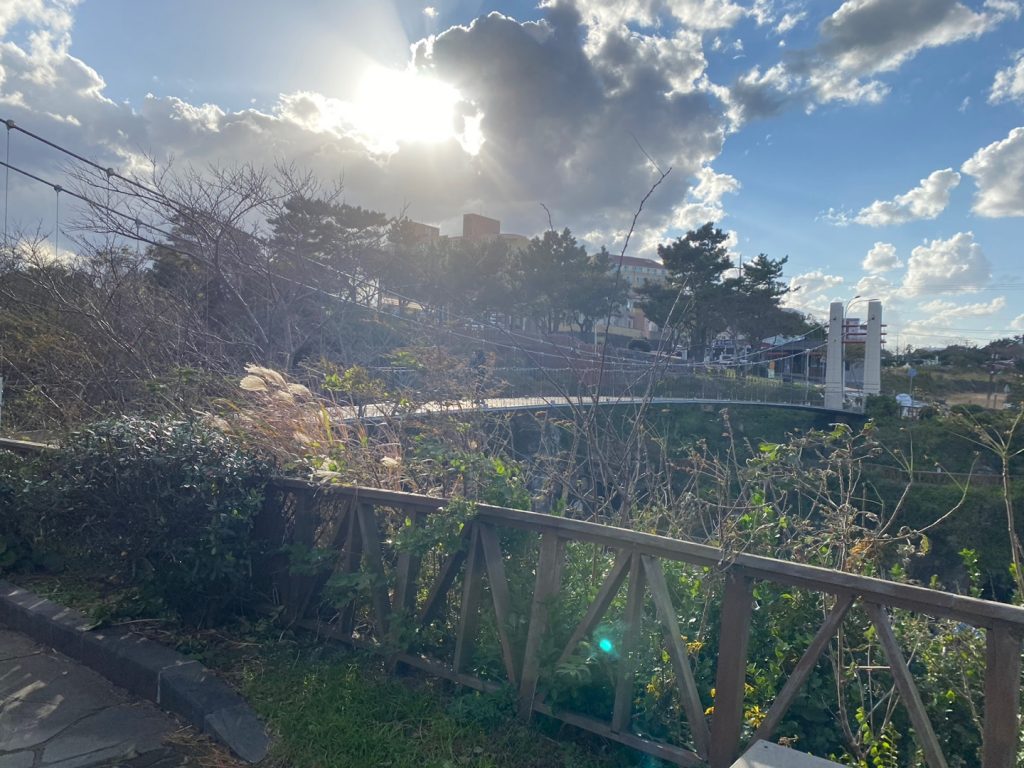
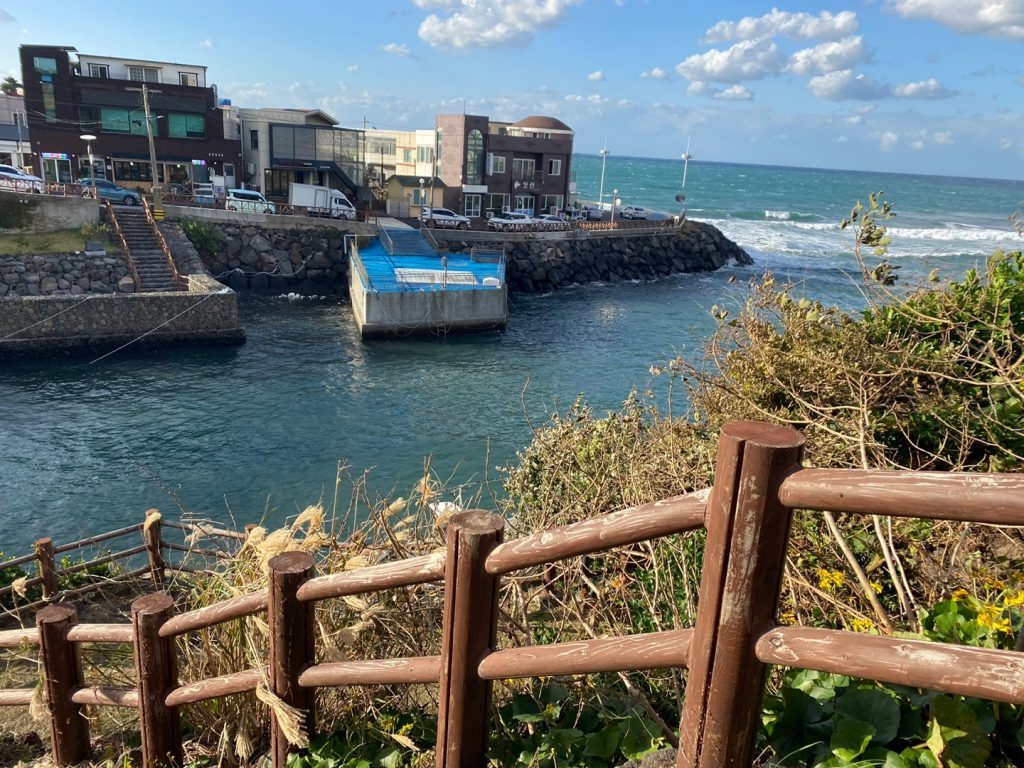
Author: INHI KIM (page 12 of 22)
축하합니다.
제주도에서 2021년 10월 21일에서 22일까지 개최된 2021 추계 ITS 학회에서 우리학과 4학년 박현철 학생이 우수 논문상을 수상하였습니다.
ITS 학회는 학부세션이 따로 없어 전국 석박생들과 경쟁하여 이룬 쾌거이기에 더 축하드립니다.
“공간지향능력 비교를 통한 VR 트레드밀 기반 보행자 시뮬레이터 사용의 유의성 검증 연구” 라는 제목으로 김인희교수와 연구수행을 하였습니다.


관련 동영상시청을 하시려면 아래의 링크를 클릭하세요
TUPA가 2021년도 추계 ITS학회에 총 6개의 논문을 발표하였습니다.
■ 일시 : 2021년 10월 21일(목)-22일(금)
■ 장소 : 제주한라대학교 한라컨벤션센터
- MaaS(Mobility as a Service)의 수요 관리 연구 by 유예지
- 공간지향능력 비교를 통한 VR 트레드밀 기반 보행자 시뮬레이터 사용의
유의성 검증 연구 by 박현철 - Online 실시간 교통 분석 및 활용방안 : 교통 시뮬레이션과 동적 시각화
툴 연계 by 정재은 - 딥러닝(ResNet1D) 모델 기반 RSE 검지기 교통량 데이터 장기 예측 연구 by 권동현
- 해양 사고 예측을 위한 머신러닝 기법 적용방안 연구 by Zahra
- 긴급선박 경로 분석 및 최적화 모델 연구 by Fatemeh
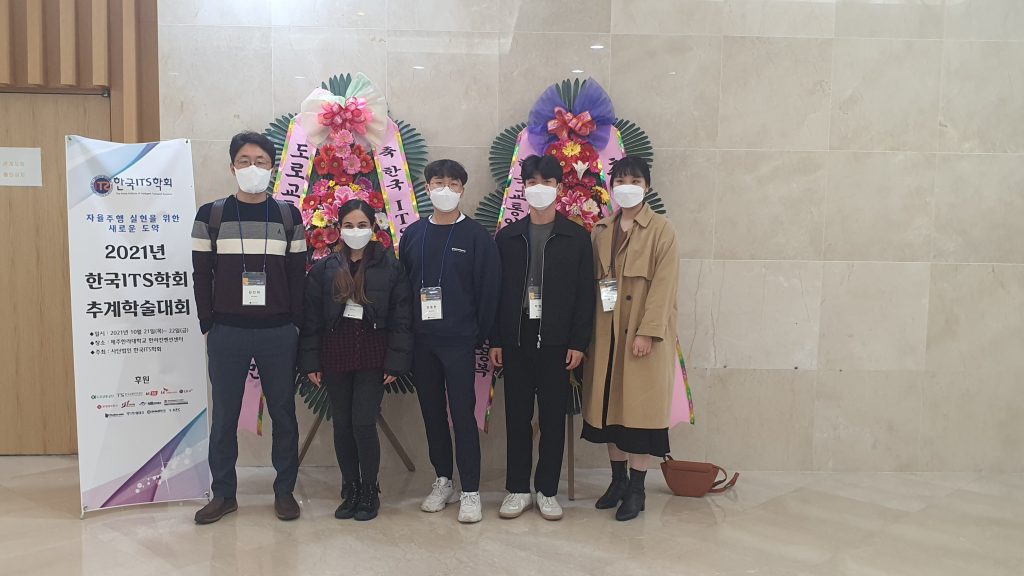
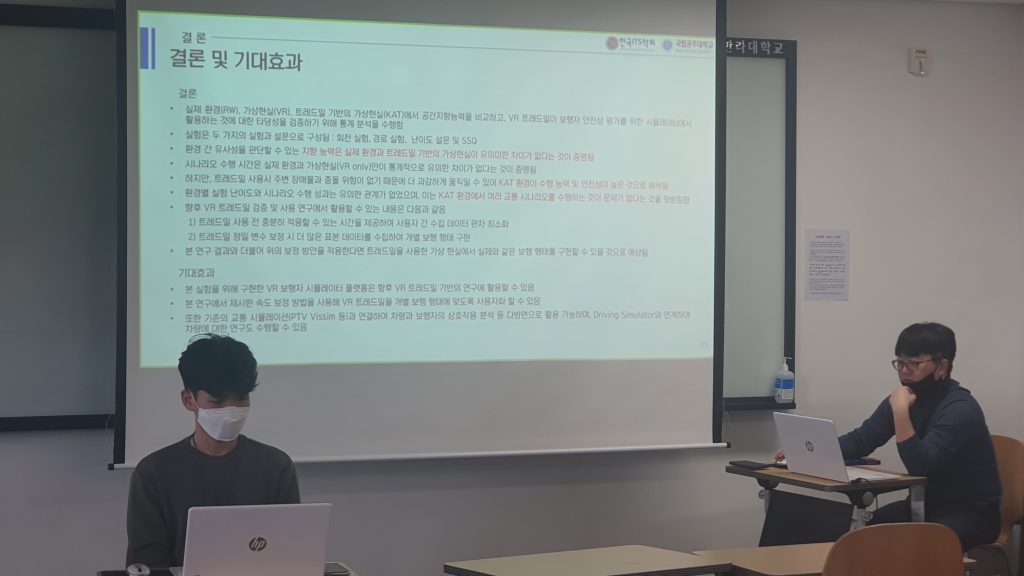
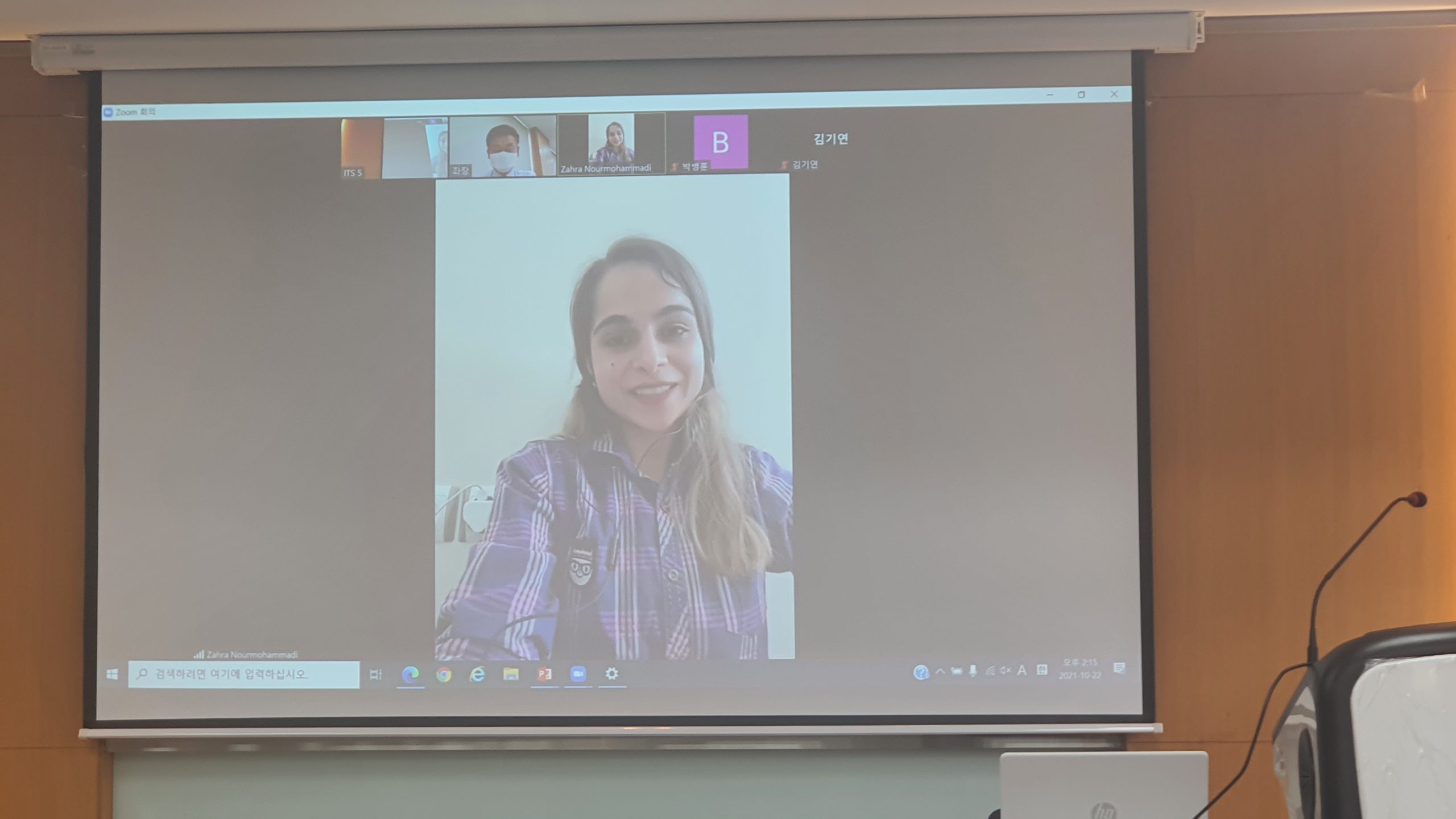
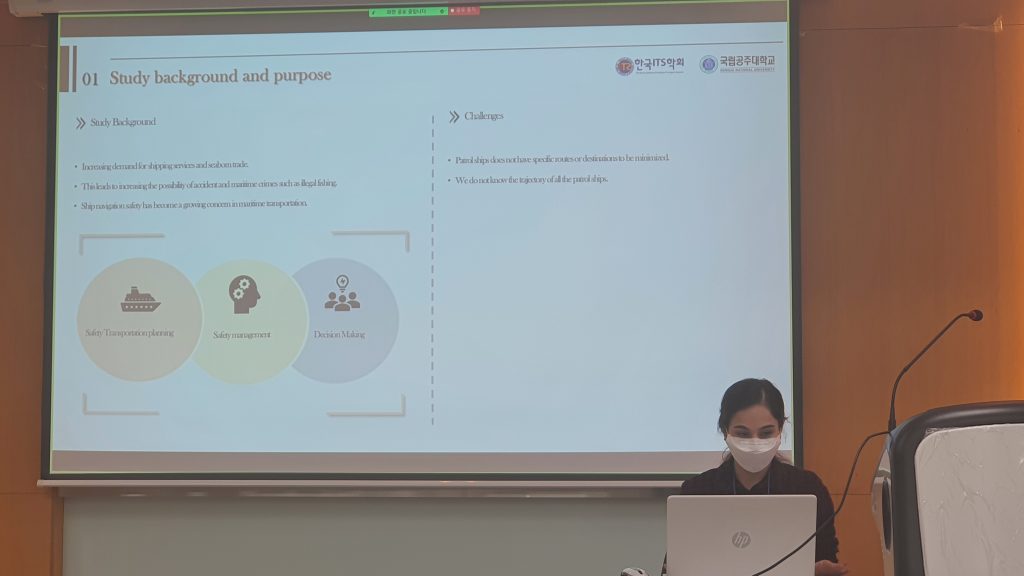
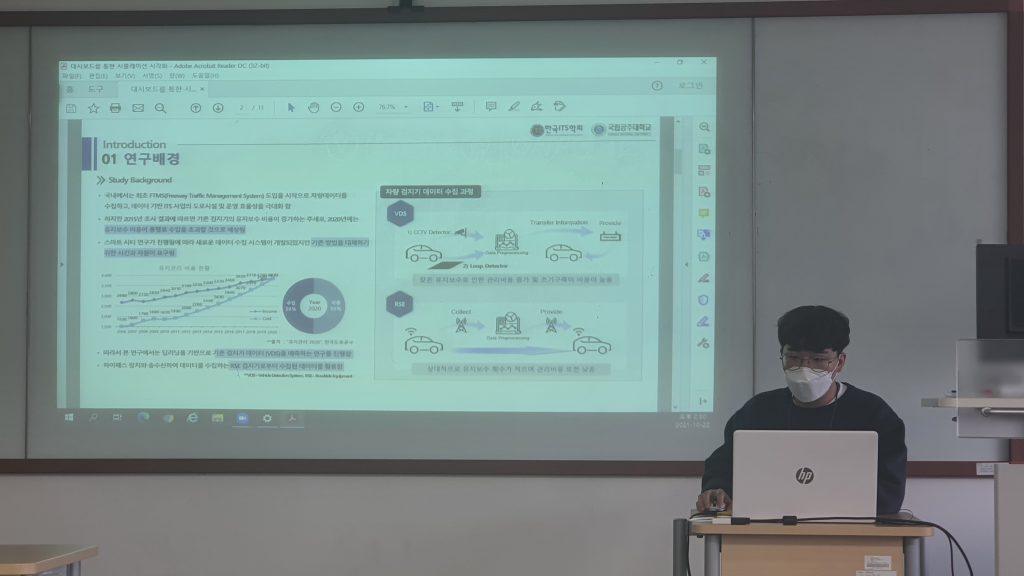

서울시립대 박신형교수, 경기대 김정화교수, 명지대 박호철교수, 아주대 소재현교수, 계명대 권오훈교수, 카이스트 장기태 교수가 TUPA를 방문하여 교통전반에 대한 세미나를 하였습니다.
코로나가 끝나면 더 많은 YSC가 모여서 연구교류를 했으면 좋겠습니다.
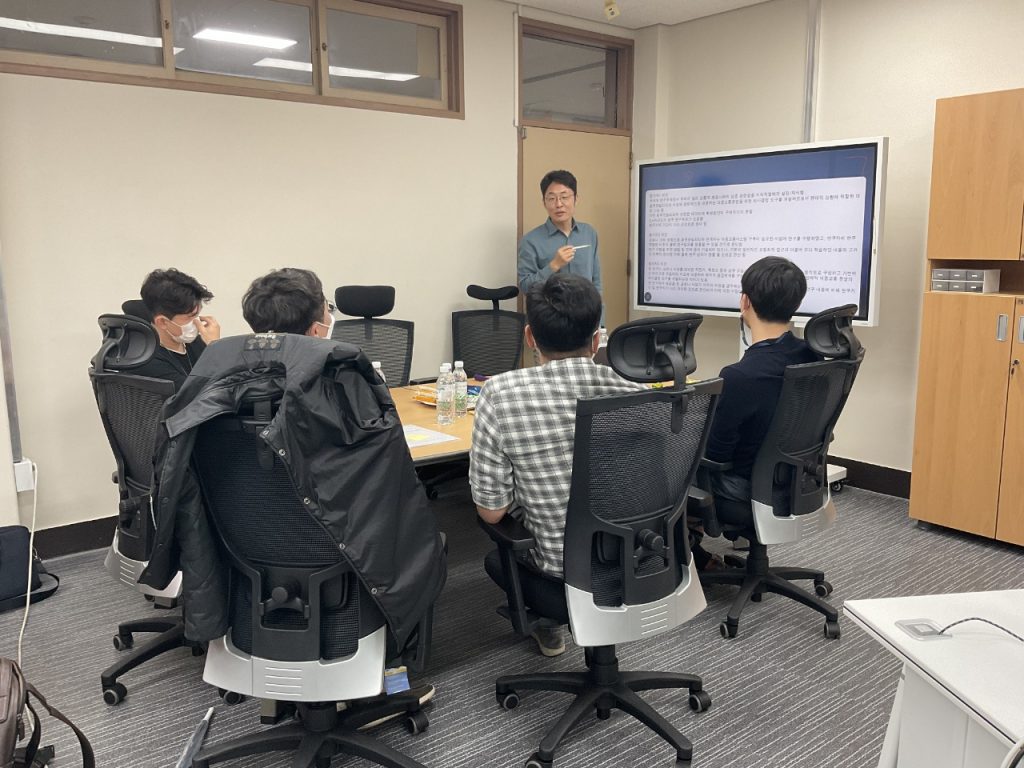
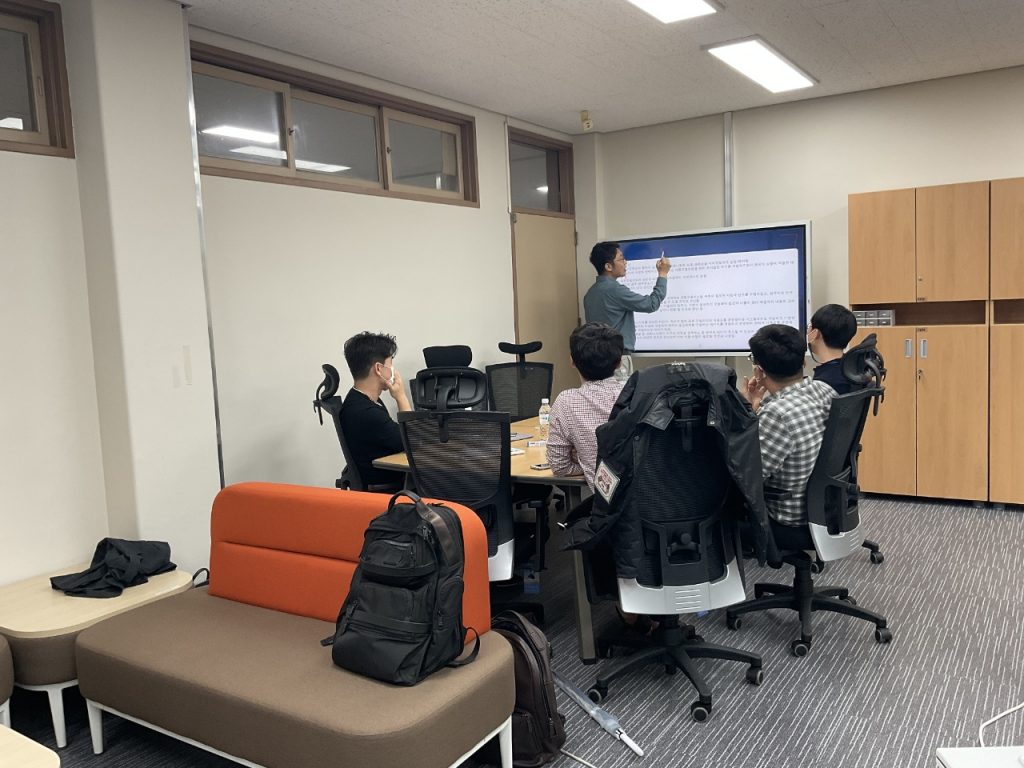
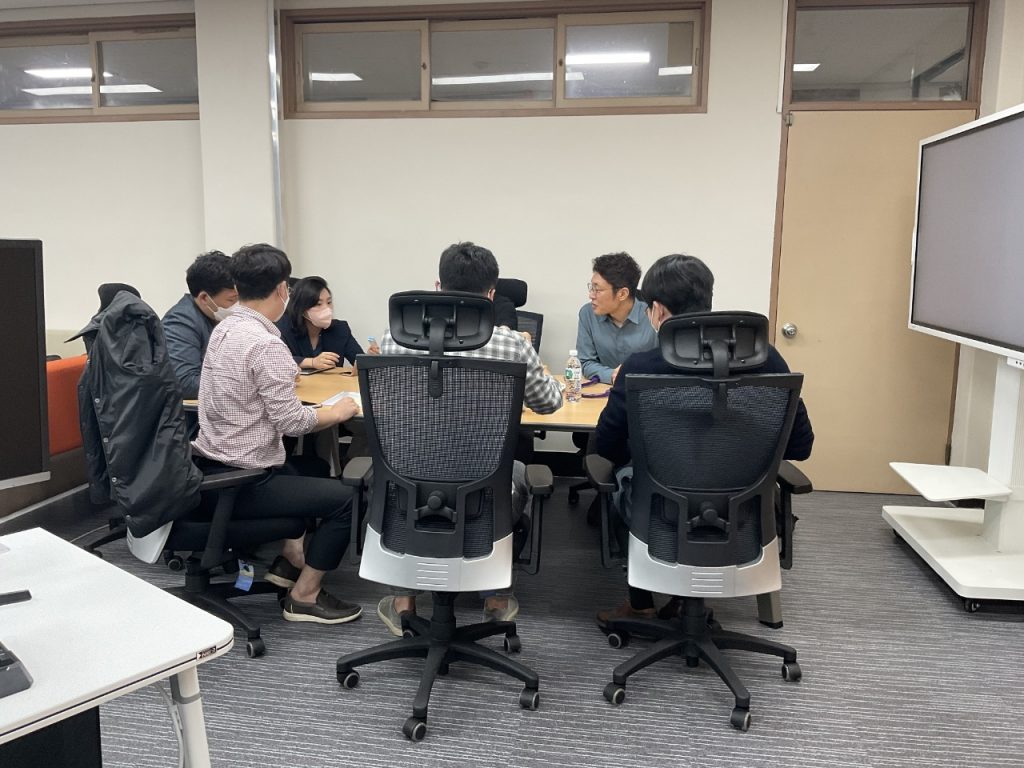
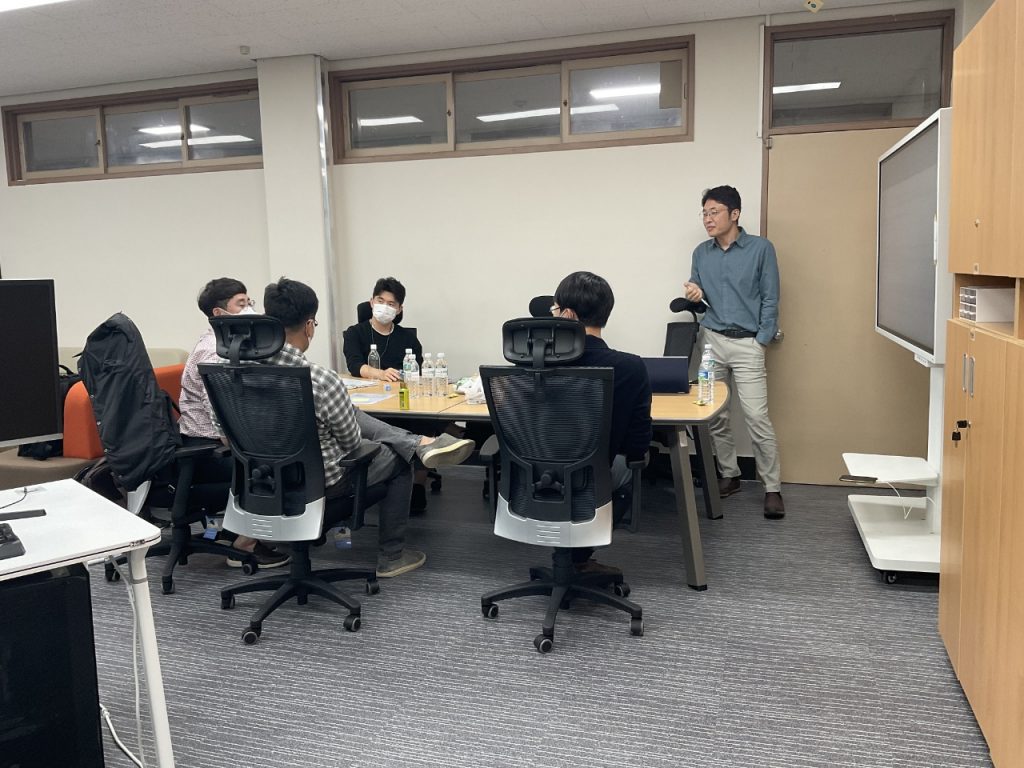
Congratulation my 7th PhD student, Bo Wang for the successful PhD final defense.
The PhD title is “Short-term traffic state estimation and prediction based on spatiotemporal neural networks”
It has been a fantastic journey with you Bo. Good luck on your bright future step!!! I look forward to it!!!
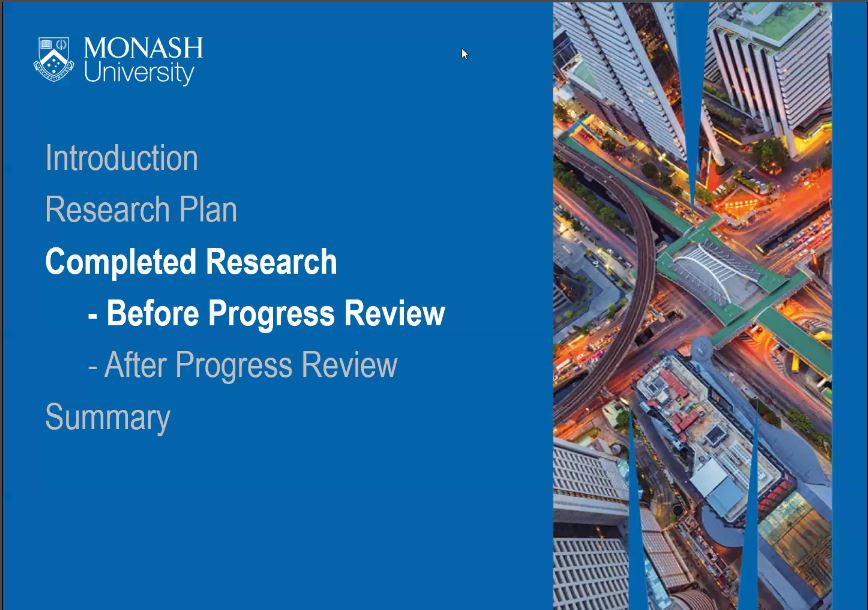
축하합니다!!!
TUPA의 막둥이들 정재은, 유예지, 강지우, 박현철 학생이 2021 해양 수산 빅데이터 분석 경진대회에서 각각 대상, 최우수상, 우수상, 우수상을 수상하였습니다.
대상: 해양수산부 장관상 – 정재은 (300만원)
최우수상: 한국해양교통안전공단 이사장상 – 유예지 (200만원)
우수상: 기술경영전문대학원장상 – 강지우(50만원)
우수상: 기술경영전문대학원장상 – 박현철 (50만원)
http://www.cstimes.com/news/articleView.html?idxno=474648

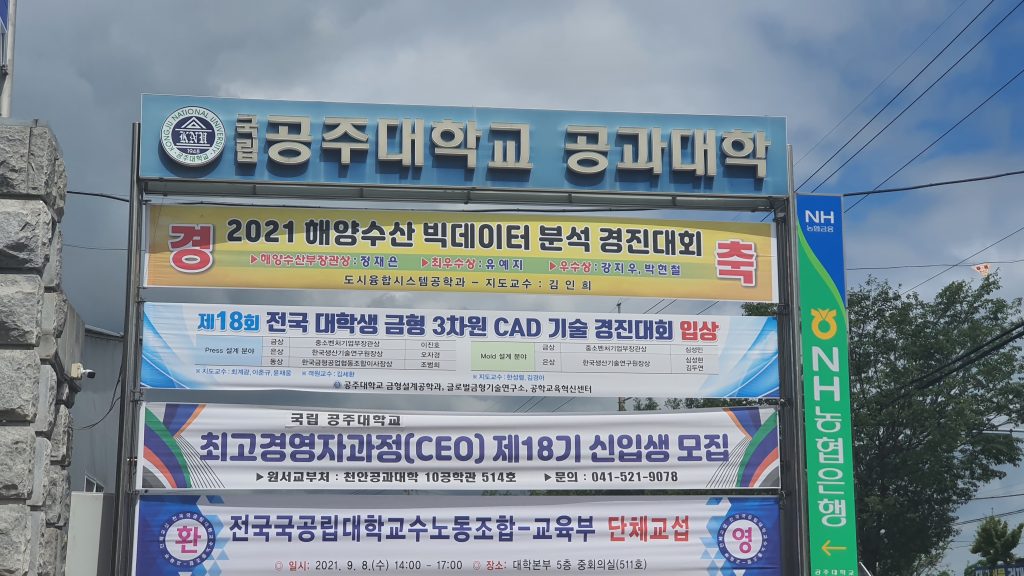
이 대회는 2021 해양수산 빅데이터 분석 경진대회는 해양수산부가 주최하고 울산항만공사와 UNIST 기술경영전문대학원이 공동 주관하여 참가자들은 2021년 8월 18일(수)부터 20일(금)까지 사전 교육을 받고, 20일(금)부터 23일(월)까지 비대면 방식으로 대회에 참여하였습니다.
이번 대회는 ‘해상물류 빅데이터 활용 활성화와 대학생의 창의적인 아이디어를 통한 신규 비즈니스 모델의 발굴 및 신규 부가가치 창출’을 주제로 펼쳐졌고, 참가 학생들은 공공기관과 민간기업의 데이터를 기반으로, 프로젝트를 수행하였습니다.
수상자들은 추후 스마트 항만물류 지원센터의 창업지원 사업 지원 시 우대 특전도 받을 수 있게 되었습니다.
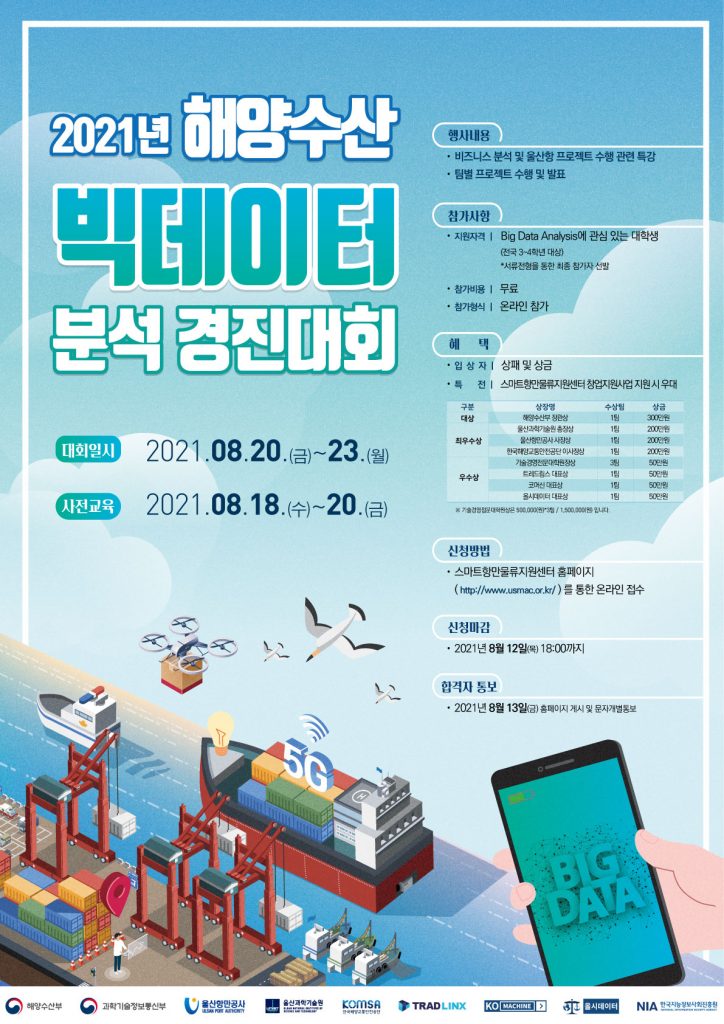
김인희 교수가 2021년도 우수신진연구 최초 혁신 실험실에 최종선정되었습니다. 연구재단으로 약 1억원이 지원될 예정이고 이로써 초기 연구실험실을 조기에 구축할수 있게 되었습니다.
TUPA연구실에 배치될 장비는 딥러닝용 서버 워크스테이션입니다.

아래는 재원입니다.
| CPU | 2CPU / 인텔 제온 플래티넘 8260 2.4GHz, 3.9GHz Turbo, 24C, 10.4GT/s 3UPI, 35.75MB,HT (165W) DDR4-2933 |
| RAM | 1TB 8x128GB DDR4 2933MHz LRDIMM ECC 메모리 |
| HDD #1 | 2EA x M.2 2TB PCIe NVMe Class 40 SSD |
| HDD #2 | 2EA x 3.5인치 8TB 7200rpm SATA 엔터프라이즈 하드 드라이브 |
| RAID Controller | 인텔 통합형 컨트롤러 (RST-e) (1-2 Front FlexBay NVMe 드라이브 포함) |
| GPU | 3EA x NVIDIA Quadro GV100, 32GB, 4 DP (Precision 7920 Tower) NVLink |
| NIC | 온 보드 듀얼-포트 1GbE LOM |
| Wireless | 인텔 듀얼 밴드 무선 AC 8265 (802.11ac) 2×2 + 블루투스 모듈 |
| Power | Precision 7920 타워 섀시 (BC_PCIe) CL / 1400W |
| ODD | 8x DVD-/+RW 슬림형 |
| K/B+MOUSE | Dell 무선 키보드및 마우스-KM717 (한국어) |
| O/S | Windows 10 Pro (Workstations 용) (4 코어 Plus) 한글 |
| Warranty | 3년 ProSupport:(7×24) 4-시간 이내 방문 서비스 |
